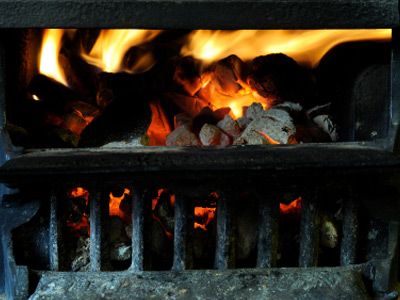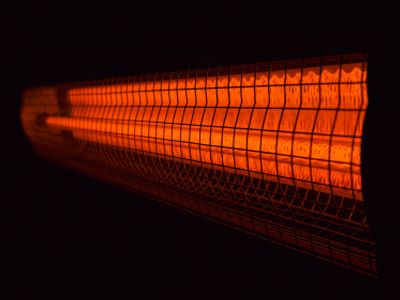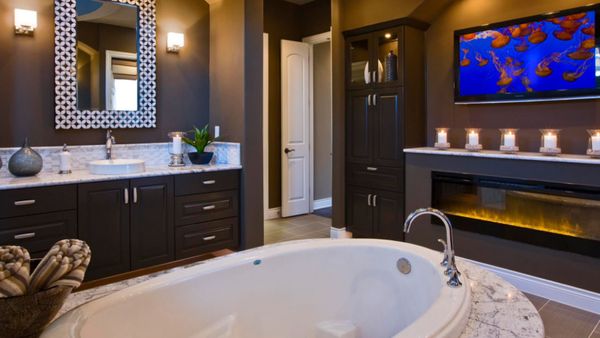To change the temperature in your home, your heating and air-conditioning system sucks in air from a room, pulls it over coils to heat or chill it, then blows the tempered air through ducts to the other rooms in your home. The air filter is stationed at the point where air is pulled into the system. It traps air-born particles that get sucked in with the air and keeps them from blocking the blower and clogging up the coils. Clogged coils can't heat or cool the air passing over them, and they may damage the system. So, the air filter helps your heating and cooling system do its job, keeps it running efficiently and protects it so it will last longer.
过滤器还有助于防止灰尘积累your ducts, or being blown into other rooms of your house. In recent years, this air cleaning function has become more important to homeowners, and manufacturers have designed filters that use your heating and air system to remove microscopic particles like dust, pollen, pet dander, bacteria, plant and mold spores, and even smoke from the air in your home.
Advertisement
It's an often heard maxim: Clean air filters save energy and money. Routinely changing or cleaning the filters from your home's heating and air conditioning system helps the units run more efficiently and enjoy a longer lifespan. But what do these filters really do? How can you tell if they're working? How often should you change them, and what should you do if they look clean when it's time to replace them?
In the following pages, we'll look at the function, types, rating system and routine maintenance of air filters for your home's heating and air-conditioning system. We'll also look at problems that prevent the filters from working properly.
Advertisement






